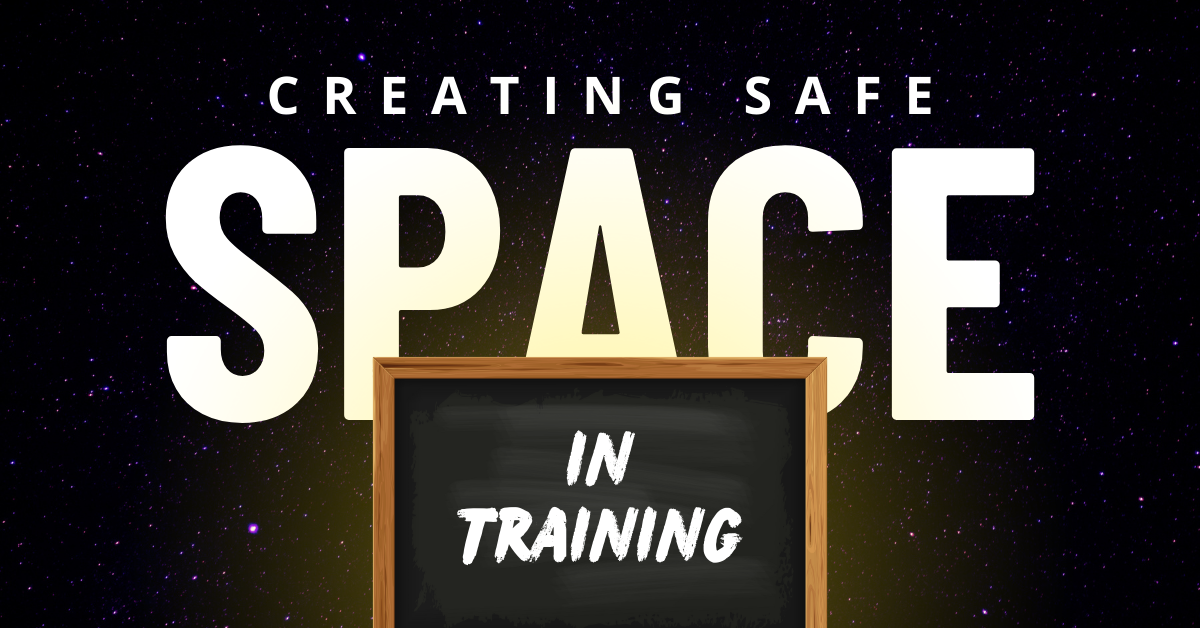Most People Hate Trainings, We Get It.
Let’s face it: most people attending training sessions aren’t there because they’re excited to learn something new. More often than not, they’re there to tick off some company KPI.
Maybe their boss sent them, maybe they need to fulfill a requirement, or maybe it’s just one of those things that’s mandatory. Whatever the reason, here’s the truth—most people are just trying to get through it.
And you know what? That’s okay.
Training: A Box to Be Checked
We’ve all been there. A company sends you off to a mandatory training, and suddenly, you’re stuck in a room (or a Zoom call) for hours, listening to someone talk about something you might never use, whilst replying to emails. You nod along, keeping a low
profile, fill out the feedback form, collect your certificate, and get back to your actual job. From a participant’s perspective, it’s just another box to check.
As trainers, we have to accept this reality. But instead of letting it discourage us, we can use it to our advantage.
The Challenge: Turning Obligation into Opportunity
Here’s where the challenge comes in: how do you turn that obligation into something meaningful? How do you take a room full of people who don’t want to be there and turn them into engaged, interested learners? The trick lies in recognizing the reality and adapting to it.
1. Acknowledge the Elephant in the Room
I always like to start my sessions by breaking the ice. I’ll say something like, “Look, I know you don’t want to be here…” and that’s when the room lightens up with some laughter.
Then I follow it with, “But let’s make the best out of it. Might as well let me try and teach you something.” Big smile. It disarms people immediately and helps them relax. It’s a small move, but it shifts the energy and gets everyone on the same page: we’re here now, so let’s make it worth our time.
2. Make It Relevant, Fast
One of the main reasons people disengage is because they don’t see how the training applies to their work or life.
So, as trainers, our job is to make it relevant, and make it relevant fast. Show them right from the start how what you’re teaching will solve a problem they have or make their job easier. Once they see the value, you’ll have their attention.
3. Engage Through Interaction
If people are there to tick a box, the last thing you want to do is talk at them for hours. Instead, make the session interactive. Ask questions, set up group activities, or use case studies that directly relate to their day-to-day experiences.
The more you can get them to engage with the material, the more likely they are to actually learn something—and even better, to stay interested. Remember, you are in charge of the room, so be assertive when you need to.
4. Focus on the One Person Who Does Want to Be There
Here’s another reality: in every training session, there’s usually at least one person who actually wants to be there. They’re the person who’s engaging you, who asks questions, and who’s genuinely invested in what you’re teaching.
Focus on them. Their energy is contagious, and if you can capture their enthusiasm, it will start to spread. Sometimes, all it takes is one engaged person to turn the whole session around.
5. Keep It Light, But Stay Professional
When people aren’t particularly thrilled to be in your session, keeping the mood light can make a big difference. That doesn’t mean you should turn the session into a comedy show, but a little humor can go a long way.
It helps people relax, makes the time pass faster, and creates a more positive atmosphere. But don’t overdo it—balance it with professionalism so you maintain credibility.
6. End on a High Note
Whether people came in begrudgingly or not, how they leave is what matters. End your session with a clear takeaway—something they can immediately apply to their work.
Even if they didn’t want to be there in the first place, they’ll walk away feeling like they got something valuable out of it. And if you do that, you’ve done your job well.
Conclusion: Make the Most of What You’re Given
The reality is, not everyone who enters your session is jumping for joy. But that doesn’t mean you can’t make it worth their while.
Your job as a trainer isn’t just to deliver content—it’s to meet people where they are, and then guide them to where they need to be. Yes, some people will always be there just to tick off a box.But if you can find ways to engage them, connect with them, and make your training relevant, you can turn a requirement into an opportunity.
At the end of the day, your goal isn’t just to teach—it’s to make an impact, even on those who never saw it coming.
By Ali Reza Azmi
Founder & Consultant @ Twenty-Four Consulting
By Ali Reza Azmi
Founder & Consultant @ Twenty-Four Consulting
Related Posts






